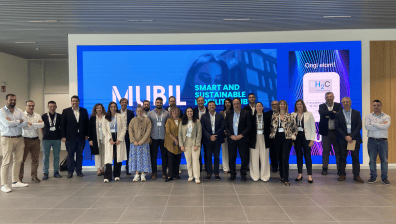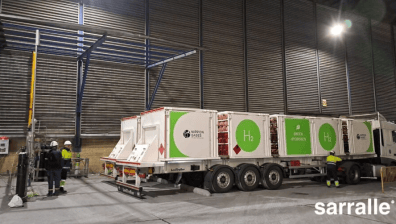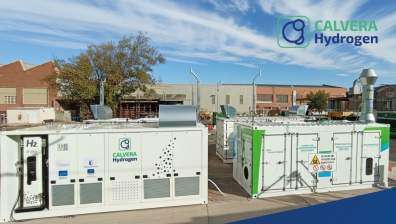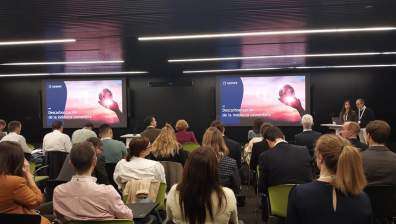
Meeting of the BH2C Transport, Distribution and Storage Vertical.
The first meeting of the BH2C Transport, Distribution and Storage (TD&S) vertical, led by Nortegas, was held on Thursday, 23 March, at the BEC. The meeting was focused on an analysis of the main challenges and the progress being made in the Basque Country in the field of hydrogen distribution and storage.
The session began with an update on the latest developments in the BH2C and the new definition of verticals provided by Nortegas. Currently, the TD&S vertical comprises nine initiatives, four of which were presented during the meeting.
Nortegas reported on progress being made in the hydrogen pipeline between the 2.5MW electrolyser at the Petronor refinery and the EIC facilities, which was completed in December and will be commissioned as soon as hydrogen comes on stream. Details were also provided on the progress of the H2SAREA project, funded by the Basque Government within the framework of the HAZITEK programme. As a first important milestone, the first phase of the project was successfully completed in October 2022, with a blending of 5% hydrogen and 95% methane monitored for 3,000 hours. The project is now in the phase of scaling up hydrogen injections to reach a blend of 10% hydrogen and 90% methane to test the resistance of infrastructure to the presence of hydrogen. Over the course of the year, it is hoped to increase this figure to 20%, the current threshold level of hydrogen-methane blending without having to make any modifications to grid systems.
AMPO provided an update on the status of the projects it is currently working on, focusing on the validation of sealing components in blending with natural gas and pure H2, on power-to-gas initiatives for offshore H2 production, and on the liquefaction of hydrogen for transport and storage.
Repsol provided a preview of the H2toES Project, for which they are conducting a technical and economic assessment for the underground storage of hydrogen in saline cavities. In this case, the aim of the project is to conduct a research study to determine the viability and scalability of the initiative as a system to provide greater flexibility for green hydrogen production and consumption.
The event also included a technology session run by Mondragón Unibertsitatea on H2 embrittlement problems and their implications, and the influence of the presence of H2 in different materials and possible solutions.
Finally, those present were given the opportunity to network and share progress and concerns regarding the challenges and the regulation of hydrogen transport, distribution and storage.




